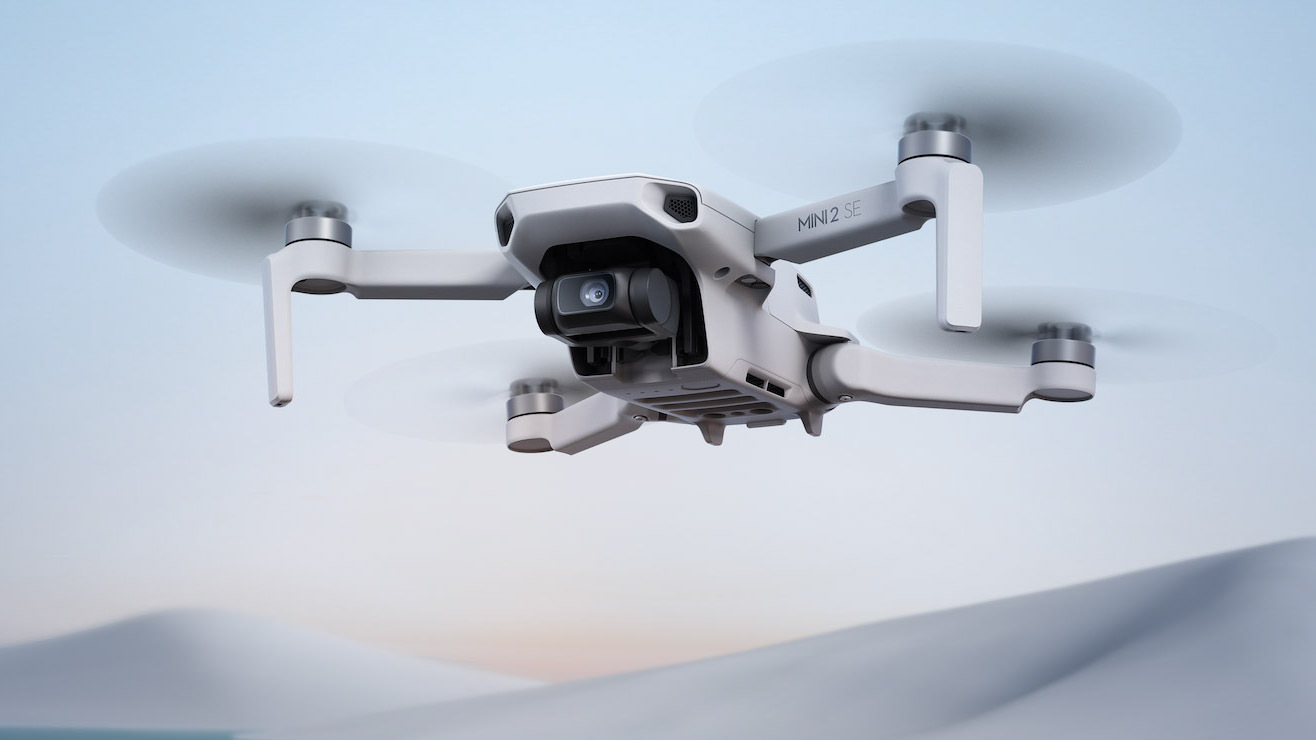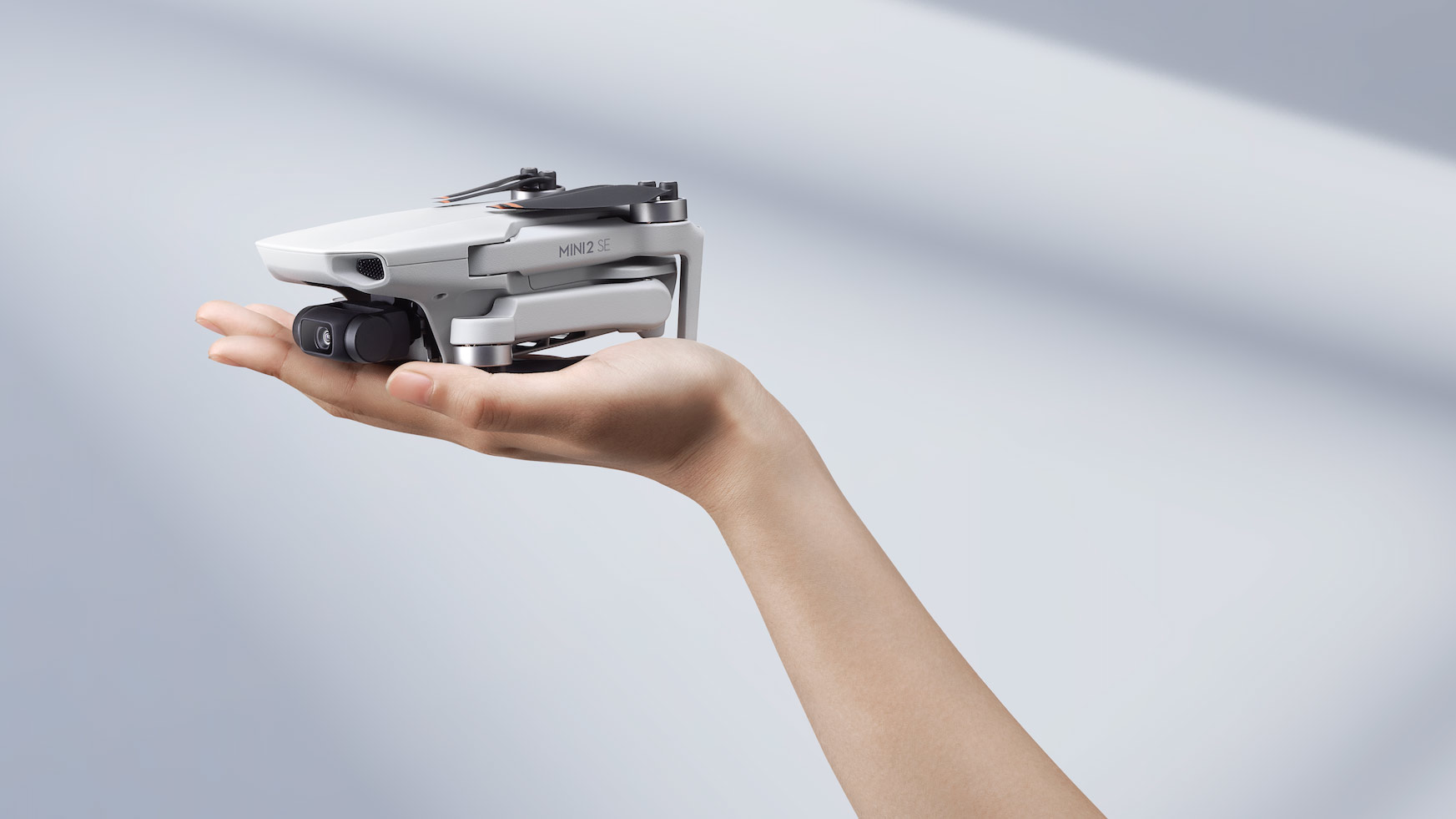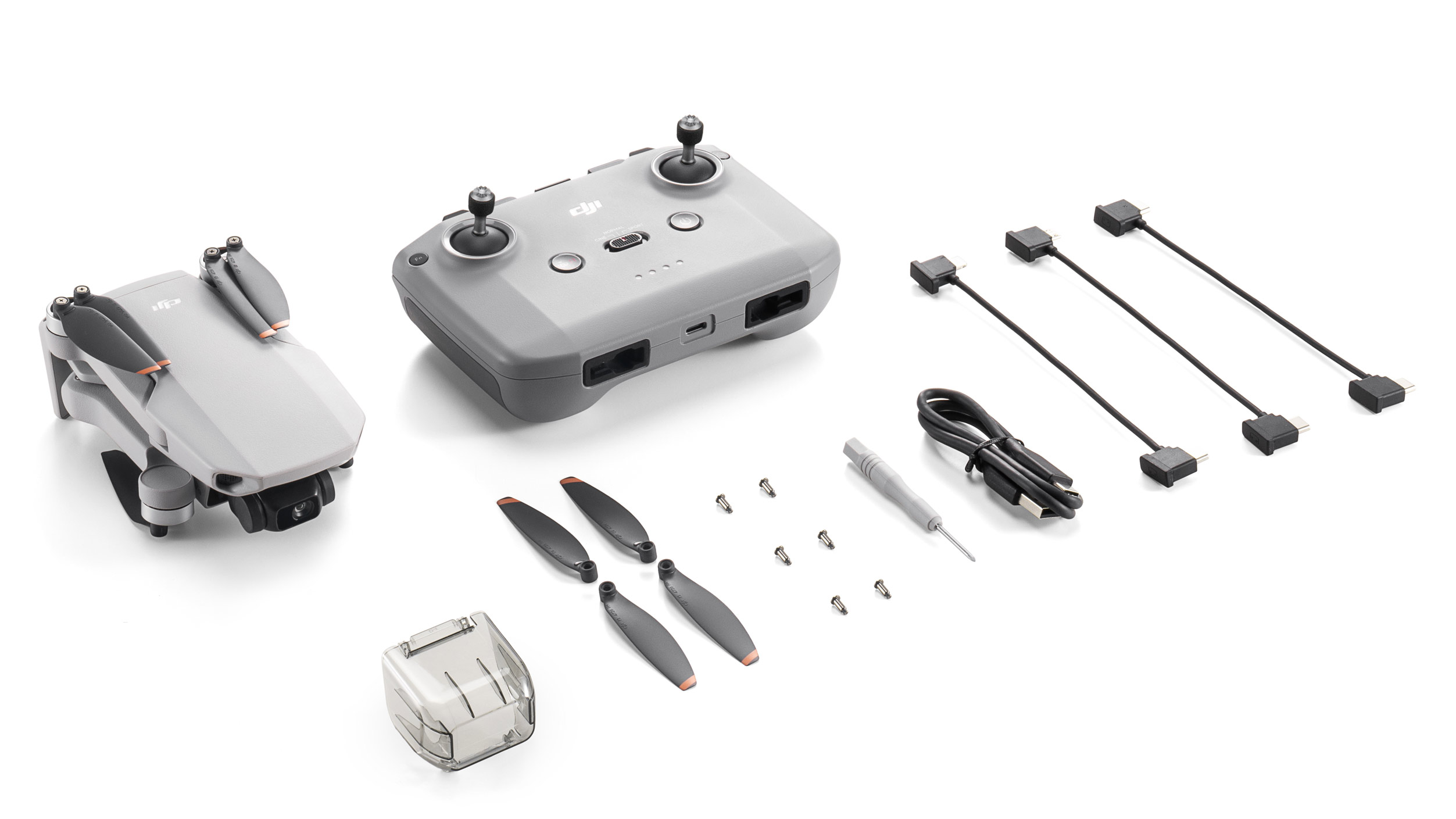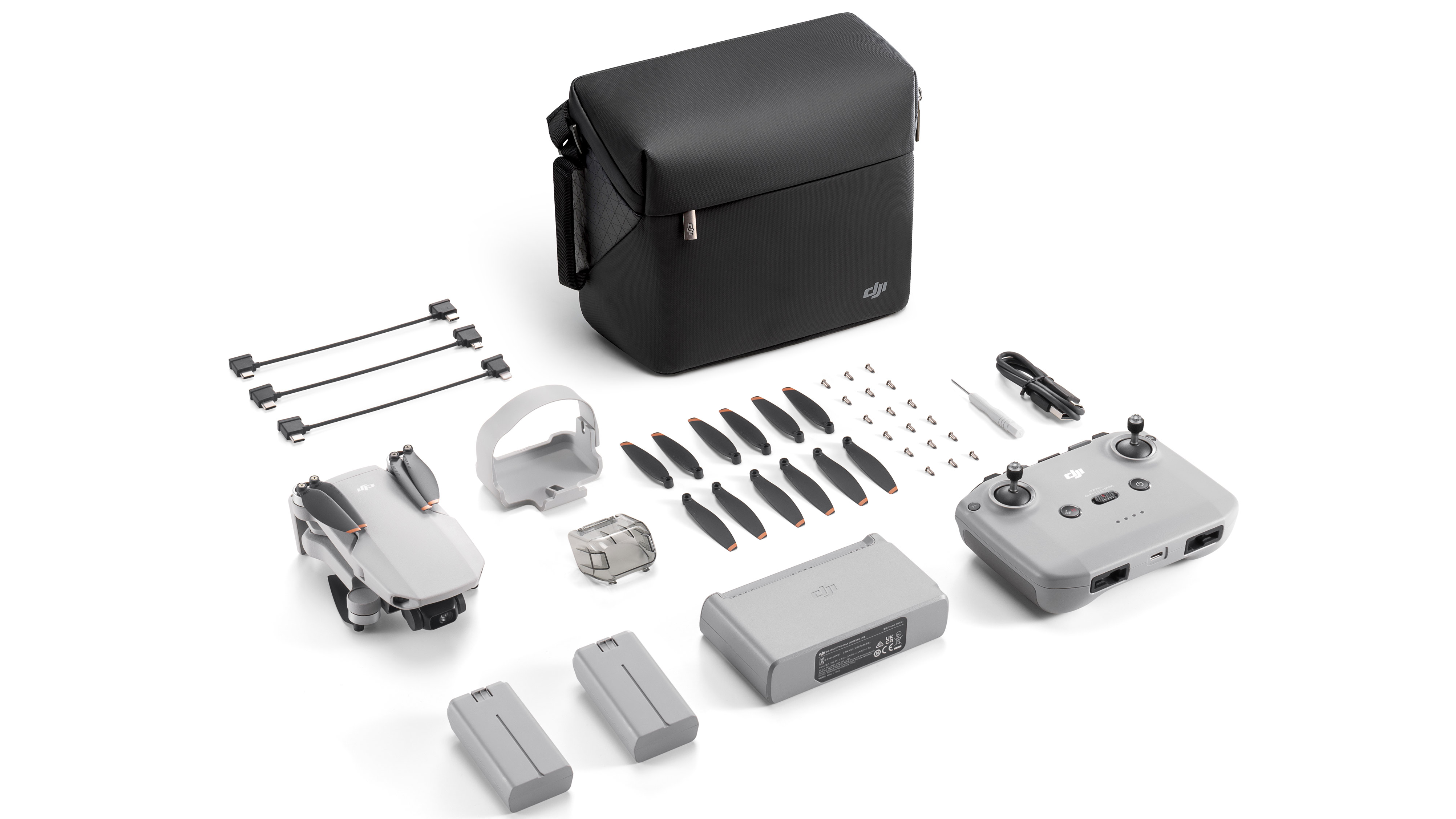DJI launches new Mini 2 SE: popular budget drone gets big update
Hot on the heels of the Mini 3, DJI is refreshing the entry model, but what are the changes?

DJI has announced a new version of their entry-level Mini SE. The new Mini 2 SE remains a lightweight drone at an appealingly-low price point, but offers an improved radio range, rising from 4km to 10km. The flight time is also boosted by one minute to 31 minutes.
When we checked, the original DJI Mini SE was already out of stock in some places. We don’t know for sure, but this might be a replacement rather than an alternative.
The revised O2 transmission tech, while not DJI’s latest, will make the Mini 2 SE compatible with the RC-N1 controller, familiar across the rest of the DJI range, rather than the fold-out antenna style which comes with the Mini SE and has lingered, in essence, since the original Mavic in 2016.
The newer controller is a solid device we’ve mentioned in previous reviews (for example the Mavic Air 2 when it was introduced).

Coming in at under 249g, the Mini 2 SE will scrape clear of registration requirements in the USA and side-step restrictions in other markets. This combined with a lower price than DJI’s Mini 3 and Mini 3 Pro, make it a natural choice for beginners and even the gift market.
Like its predecessor, it sports a camera with a 1 / 2.3 -inch (10.9mm) CMOS image sensor and, crucially, a 3-axis gimbal which makes it able to capture smooth video as well as photos. Video is 2.7K HD at 30fps and stills are 12 MP.
The camera will also have intelligent features – QuickShots and Panoramas – and the drone will offer DJI’s usual one-tap take-off and landing, GPS-stabilized hovering and return to home.
Get the Digital Camera World Newsletter
The best camera deals, reviews, product advice, and unmissable photography news, direct to your inbox!
It is also able to fly in Level 5 winds – a wind speed of 10.7 m/s. One of the issues with the original Mini – but to be fair not subsequent models, including the SE – was the extent it could cope with wind.


The standard kit will include the drone and an intelligent flight battery, with a battery life of up to 31 minutes. There is a MicroSD card port at the rear for storing images and video, and a USB-C socket for charging the battery inside the aircraft.
The drone will cost more than its predecessor at $369 / £339 / AU$599 rather than $299 / £269 / AU$459. While it's already available in Australia directly from DJI, there’s time to save up if you're in the US or the UK as it won’t be available until March 22. Moreover, these rises are actually not far above inflation.
As usual, there will also be a ‘Fly More Combo’ at $519 / £459 / AU$799; this includes a bag, three batteries, and a charging hub that can be entrusted to charge the batteries in sequence without remembering to swap them.
Best DJI drones
DJI Mini 2 vs Mavic Mini
DJI Mini SE vs Mini 2
DJI Mini SE drone review
DJI Mini 2 review

With over 20 years of expertise as a tech journalist, Adam brings a wealth of knowledge across a vast number of product categories, including timelapse cameras, home security cameras, NVR cameras, photography books, webcams, 3D printers and 3D scanners, borescopes, radar detectors… and, above all, drones.
Adam is our resident expert on all aspects of camera drones and drone photography, from buying guides on the best choices for aerial photographers of all ability levels to the latest rules and regulations on piloting drones.
He is the author of a number of books including The Complete Guide to Drones, The Smart Smart Home Handbook, 101 Tips for DSLR Video and The Drone Pilot's Handbook.
